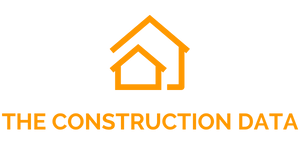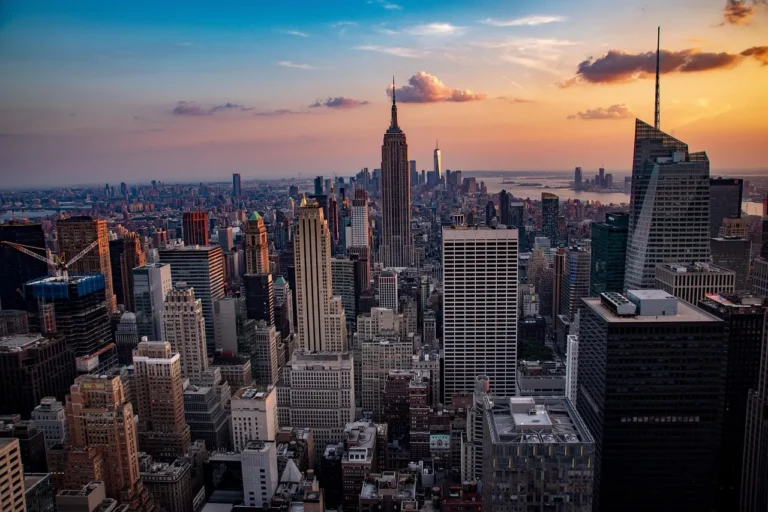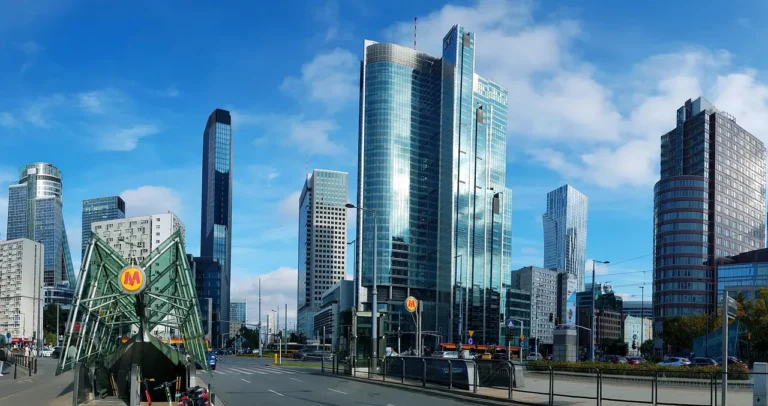
American Ventures Reports Stabilization in Austin’s Real Estate Market Heading Into 2026
After several years of rapid swings in property prices, record construction, and fluctuating investor sentiment, the Austin real estate market is now moving into a period of stability and opportunity. According to a new report released by American Ventures, a leading Austin-based real estate investment and development firm, market fundamentals across residential, multifamily, and commercial sectors are showing encouraging signs of balance as the region enters 2026.
The report, titled “The Science of the Deal: The Land of Opportunity,” offers a comprehensive assessment of the city’s property dynamics and investment outlook for 2025–2026. It finds that while prices have moderated and inventories remain above pre-pandemic levels, strong population growth, consistent job creation, and massive infrastructure investments continue to support long-term demand across the metropolitan area.
These combined factors, the report concludes, are laying the groundwork for a “healthier, more sustainable” market cycle—one that could favor disciplined, data-driven investors looking for strategic acquisitions.
A Market Returning to Balance
“Austin is shifting to a healthier, more balanced market,” said Shravan Parsi, CEO and Founder of American Ventures. “Prices have normalized, rental supply has caught up, and investors now have leverage they haven’t seen in years. This is a prime moment for disciplined, data-driven acquisitions.”
For years, Austin has been one of the fastest-growing metropolitan areas in the United States, attracting tech companies, corporate relocations, and waves of new residents. However, this meteoric rise led to overheated property values and strained housing supply. As borrowing costs increased and developers accelerated deliveries, the local market cooled in 2023 and 2024—setting the stage for the current recalibration.
According to the report, 2025 marks the turning point: prices have reset to more sustainable levels, and the imbalance between supply and demand is narrowing. Meanwhile, long-term fundamentals—particularly population growth and employment expansion—remain robust, offering optimism for a measured recovery through 2026 and beyond.
Key Findings from the Austin Real Estate Market Report 2025–2026
The report outlines several core trends shaping the local housing and commercial landscape:
1. Home Prices Reset to Sustainable Levels
Austin’s median home sale price is now approximately $507,000, down nearly 10% year-over-year. This correction follows several years of rapid appreciation fueled by pandemic-era migration and low interest rates.
With longer marketing times and higher inventory levels, buyers once again hold negotiating leverage. Sellers are adjusting expectations, and new listings are often priced more competitively.
For buyers and investors, this shift represents an opportunity to re-enter the market without the frenzy of bidding wars that characterized 2021 and 2022. The report emphasizes that, despite short-term moderation, Austin’s housing values remain underpinned by steady demand from incoming residents and continued job creation.
2. Multifamily Market on Track for Recovery
After a brief period of oversupply, the multifamily sector is showing signs of stabilization. American Ventures reports that absorption in Q2 2025 reached 7,142 units, nearly matching new deliveries. As a result, vacancy rates have stabilized near 9.9%, a level considered balanced for a high-growth metro.
Importantly, new construction starts are slowing, allowing the market to digest existing inventory. This supply-side cooling is expected to support rent firming in 2026, particularly in well-located Class A and workforce housing communities.
“Austin’s rental fundamentals are stabilizing faster than many expected,” Parsi noted. “We’re seeing occupancy holding steady and concessions decreasing, which suggests the bottom of the cycle may already be behind us.”
3. Commercial Market Bifurcation
The commercial real estate landscape in Austin is diverging sharply between property types.
Office space remains challenged, with vacancy rates hovering near 25%. Many companies have adopted hybrid or remote work models, reducing traditional office demand. However, sublease availability has begun to decline, signaling that the worst of the correction may be over.
In contrast, industrial demand continues to accelerate, fueled by major expansions from global corporations such as Samsung, Tesla, and Apple. The development of logistics and manufacturing facilities along State Highway 130 (SH-130) and Interstate 35 (I-35) corridors is creating strong demand for warehouse, distribution, and light manufacturing space.
“Industrial is the standout performer,” said Parsi. “The supply chain shifts we’re witnessing, combined with Austin’s growing role as a technology and manufacturing hub, will continue to drive long-term industrial absorption.”
4. Population Growth Sustains Market Strength
Despite national headlines suggesting migration slowdowns, Austin’s population growth remains among the strongest in the U.S. The metro area added approximately 58,000 residents between 2023 and 2024, a 2.3% annual increase.
This consistent inflow of new residents—driven by employment opportunities, educational institutions, and lifestyle advantages—helps sustain housing demand across both ownership and rental markets.
The Austin Chamber of Commerce projects that by 2030, the metro’s population could exceed 2.8 million, further strengthening the region’s case as a premier long-term investment destination.
Infrastructure: The Backbone of Austin’s Growth
American Ventures’ report also highlights infrastructure development as a defining factor supporting real estate resilience. Major projects currently underway are expected to enhance regional connectivity and unlock new development corridors.
Among the most significant initiatives:
- The I-35 Capital Express Central Project, a $4.9 billion reconstruction and expansion effort, will improve traffic flow through the city’s core. The project is expected to reduce congestion, increase safety, and open up opportunities for urban redevelopment along the corridor.
- Project Connect’s Blue Line, a light rail expansion, will connect downtown Austin to the airport and key residential hubs, dramatically improving accessibility and public transit options.
Both projects are anticipated to catalyze mixed-use redevelopment and stimulate commercial investment in adjacent neighborhoods.
“Infrastructure is a multiplier for real estate value,” Parsi explained. “As these projects advance, we expect to see more transit-oriented developments and infill projects that capitalize on enhanced mobility and connectivity.”
The Investment Outlook: Cautious Optimism and Strategic Opportunity
American Ventures’ analysis paints a picture of measured optimism. While certain market segments—such as office properties—face headwinds, others, including multifamily and industrial assets, present clear opportunities for growth.
The firm expects a gradual recovery through 2026, characterized by a more disciplined investment environment and a renewed focus on operational efficiency.
Key investment themes identified include:
- Targeting high-quality multifamily assets in core submarkets such as North Austin, East Riverside, and the Domain area, where population and employment drivers remain strongest.
- Leveraging industrial expansion near transportation corridors and tech manufacturing hubs.
- Redeveloping underutilized office properties into mixed-use or residential spaces as demand evolves.
Parsi summarized the firm’s outlook:
Austin’s fundamentals—growth, infrastructure, and innovation—remain solid. Investors who approach this market with data-driven discipline will find exceptional long-term value, particularly in multifamily and industrial sectors.
A Measured Path Forward
As Austin transitions from rapid expansion to sustained stability, American Ventures believes that market discipline will define the next growth phase. Developers are proceeding more cautiously, lenders are prioritizing quality sponsors, and investors are focusing on fundamentals over speculation.
This new environment, while less frenzied, offers stronger long-term stability and reduced volatility, particularly as infrastructure improvements, job growth, and corporate relocations continue to reinforce Austin’s economic foundation.
The city’s unique blend of innovation, culture, and opportunity continues to attract both residents and investors from across the nation, solidifying its reputation as one of America’s most resilient and forward-looking real estate markets.
Source Link: https://www.businesswire.com/





